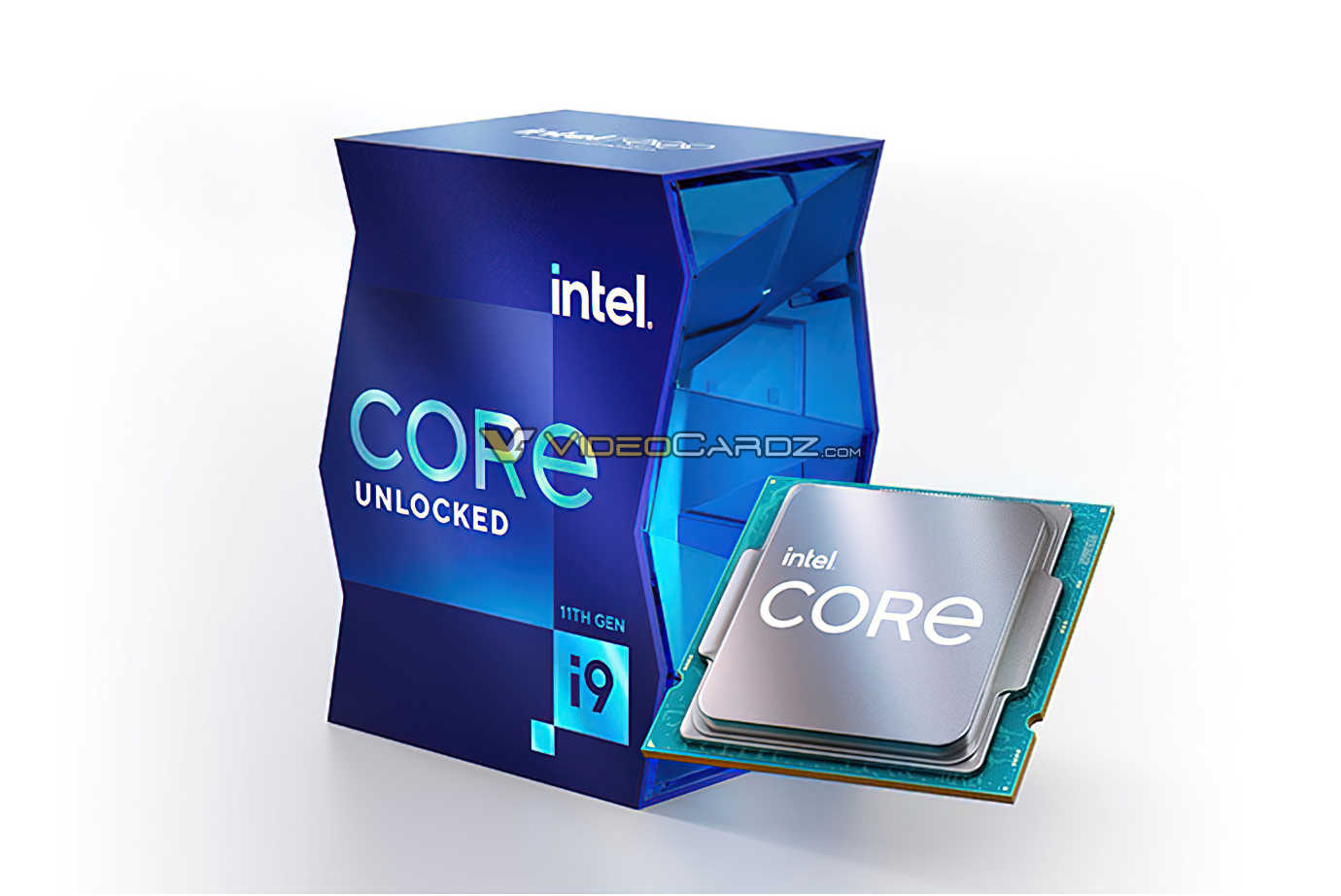DrMrLordX
Lifer
- Apr 27, 2000
- 23,161
- 13,254
- 136
In ideal conditions they will likely surpass Cezanne, but in a strange way - either workloads with strong emphasis on ST perf, or workloads with strong emphasis on MT perf ( 10+ threads, great MT scaling). Anything in between will likely run better or more consistent on a 8+0 chip.
The idea of 2 big cores + 4-8 small cores is not bad as power efficient, all purpouse gaming CPU. As gaming only needs around 2 strong cores. It is going to losse vs Renoir in MT workloads, but if the heat and power is lower it is still a very interesting idea.
It may also give the iGPU more tdp budget.
To both posters: are we not forgetting intercore latency? Alder Lake will not feature cores sharing the same ring bus as equal partners, but instead separate dice likely connected via EMIB with unknown latency penalties for any intercore communication between Golden Cove and Gracemont cores. For gaming that's a big no-no, and in certainly "embarassingly parallel" workloads where mem latency and intercore latency is an issue (such as audio production) that's also a bad approach.
I'm of the opinion that Alder Lake will struggle with latency whenever you try to make one application attempt to utilize cores across both Golden Cove and Gracemont cores unless the application has almost zero intercore/intercache traffic.



